Summary
- What is memory foam?
- Special features of a memory foam mattress
- The benefits of a memory foam mattress
- Enveloping and cocooning comfort
- A good redistribution of support points
- Benefits for health and blood circulation
- Ideal sleeping independence for couples
- Effective temperature regulation
- The disadvantages of a memory foam mattress
- Not suitable for people with reduced mobility
- Risk of retaining heat for sweaty people
- Choosing your memory foam mattress according to your body shape
- The importance of density
- The ideal thickness
- The different types of memory foam
- Maintaining your memory foam mattress on a daily basis
- Ventilation and hygiene
- Protection and cleaning
- Maintenance frequency for longer life
- Bdreams memory foam mattresses
- The Osmoz mattress
- The Universal Mattress
Memory foam mattresses have become very popular in recent years among all types of sleepers. Indeed, they have the advantage of adapting perfectly to the shape of the body, back, and neck, thus favoring a natural and comfortable position. Memory foam reacts with body heat, but is it as effective in winter in a poorly heated room? We will find out in this guide by listing the advantages and disadvantages of memory foam mattresses and you will be able to determine if this type of model is right for you!
1. What is memory foam?
First of all, what is memory foam?
Memory foam, also known as viscoelastic, was developed by NASA in the 1960s to protect astronauts from the shocks experienced during rocket takeoff and landing.
In the bedding industry, each manufacturer will compose the foam in their own way, adding various components and elements to the original polyurethane, which will provide different comfort depending on each composition. However, as a general rule, the viscoelastic foam used in foam mattresses always contains a compound, polyol, which gives the foam both elasticity and viscosity under the effect of heat.
2. Special features of a memory foam mattress
Memory foam offers both great sleeping independence, optimal body wrapping, and varying degrees of softness depending on the "recipe" used. It adapts to all body shapes once it is in contact with body heat and pressure. If these two triggers are no longer activated, the foam returns to its original shape.
What are the advantages and disadvantages of a memory foam mattress ? Considered a high-end bedding material, memory foam offers multiple benefits for sleepers, with two drawbacks to note!
3. The Advantages of Memory Foam Mattress
- A high level of comfort
The main advantage of the memory foam mattress is its comfort. It is made of viscoelastic foam, a material specially designed to perfectly fit the shape of your body and adapt to your morphology. Sleepers then benefit from an unparalleled feeling of softness and a deep, quality sleep thanks to this cocoon effect. The memory foam device provides good support to your spine for restful sleep and a significant reduction in pain upon waking.
- A good redistribution of support points
The second advantage of the memory foam mattress is the distribution of pressure points: thanks to a homogeneous redistribution of your weight, the mattress eliminates the various pressure points synonymous with discomfort and/or pain. Conventional mattresses tend to concentrate the weight of your body in a single place, whereas the memory foam mattress will distribute it evenly.
- Beneficial for health
This type of mattress is more than beneficial for your health! In fact, one of the benefits of a memory foam mattress is that it stimulates your blood circulation to nourish your joints and muscles. It helps relieve body aches and pains. Orthopedists often recommend using a memory foam mattress to reduce lower back, joint, and neck pain .
- Sleeping independence
Do you sleep with a partner and are tired of being woken up every time they move? You'll be interested in this fourth advantage of a memory foam mattress, as it offers you complete sleeping independence. Memory foam absorbs shocks and reduces any sensations related to the other person's movement. You can sleep peacefully without being woken up!
- Regulation of body temperature
This type of mattress also plays a thermoregulatory role. Indeed, one of the advantages of memory foam mattresses is that they adapt to body temperature and weather conditions: the temperature of the mattress remains constant throughout all seasons, from scorching summers to freezing winters! Some models even feature thermoregulating gel microbeads to further enhance this regulatory role.
4. Disadvantages of a memory foam mattress
- Unsuitable for people with reduced mobility
The first drawback of memory foam mattresses is that they are not suitable for people with reduced mobility (PRM) or disabilities. Since viscoelastic foam helps to greatly limit movement during sleep, it can make it nearly impossible for people who have difficulty moving naturally. Furthermore, this enveloping technology can be a constraint if the foam density is not adapted to the sleeper's body shape and build.
- Not recommended for people who sweat
The second disadvantage of memory foam mattresses is that they are not recommended for people who tend to sweat a lot during their sleep. A popular belief is that memory foam mattresses produce heat. This is false: they only react to the body's natural heat. The problem is that at temperatures above 25 degrees, the mattress will often tend to soften and retain heat. If you are prone to night sweats or excessive perspiration, this is not a model we recommend. If you want tips on how to survive the summer heat, follow this article: https://bdreams.fr/blogs/matelas/chaleur-et-sommeil-comment-supporter-la-chaleur-des-nuits-estivales
5. Choosing your mattress according to your body shape
- Density
The density of a memory foam mattress is not to be left to chance, as it will affect the firmness index of the mattress. The denser the mattress, the firmer it will be. For a sleeper with a corpulent body shape, it will be necessary to opt for a fairly firm memory foam mattress. Sleepers weighing more than 100 kg should choose a minimum density of 75 kg/m3.
For others, remember that a medium-firm memory foam mattress must have at least 50 kg/m3.
- The thickness
A memory foam mattress is not just made of viscoelastic foam. Often, the mattress core contains other layers of polyurethane foam, not to mention the filling that surrounds it. For example, a so-called hybrid composition, foam and pocket springs, can complete the memory foam mattress.
It is important to remember that to be designated a "memory foam mattress," the visco foam must be present from the moment the mattress is received and be at least 6 cm thick. Most bedding brands offer a total thickness of memory foam mattresses between 16 and 27 cm. The thicker the core and filling of the mattress, the greater the sleeping independence.
- Types of memory foam
As we mentioned earlier, each bedding manufacturer uses its own foam composition, but there are 3 main ones.
- Standard memory foam: the mattress offers high density, significant firmness and even distribution of body weight.
- Memory foam with cooling gel: The mattress will better regulate body temperature. The gel will absorb body heat and provide a deeper sleep.
- Open-cell foam: more responsive than the classic range, it is also much more breathable thanks to the open cells filled with air.
6. Maintaining your memory foam mattress on a daily basis
Finding the right memory foam mattress for you is already a complicated task, so once you've found the perfect one, you need to take care of it! Cleaning your mattress effectively is more than just a matter of hygiene: it's also a matter of ensuring the longevity of your bedding. In addition, light daily maintenance allows for less frequent deep cleaning. To start, it's recommended to air your room every morning for about fifteen minutes, with the sheets exposed to the air and the duvet folded back. We also recommend regularly vacuuming the foot of your bed to remove dust, hair, and other debris. To kill dust mites, steam cleaning your mattress is recommended. To take care of your bedding, a waterproof mattress protector is also very effective in serving as a protective barrier. It's recommended to change your bed linen at least once a week and to turn your mattress, head to toe, every two months.
7. Bdreams memory foam mattresses
You now have all the keys in hand to choose the memory foam mattress of your dreams! At Bdreams we have 2 mattresses made of a 52kg/m3 memory foam that is enveloping and soft:
- the Osmoz mattress : composed of 2 foams, a 6cm viscoelastic foam with a density of 52kg/m3 on the top and a 16cm polyurethane foam with an ideal density of 35kg/m3 on the support base, thus providing firm and progressive support for the spine, whatever the sleeper's weight.
- the Universal mattress : composed of 3 foams, a 4 cm thick Air Plus polyurethane foam, with a density of 35 kg/m3, allowing a soft and slightly bouncy welcome. In the center, 4 cm of memory foam with an ideal density of 52 kg/m3, thus providing a better distribution of pressure points. At the support base, a 16 cm polyurethane foam with a density of 40 kg/m3, which provides firm and progressive support for the spine.
If you still can't make your choice, call the Bdreams team for guidance.


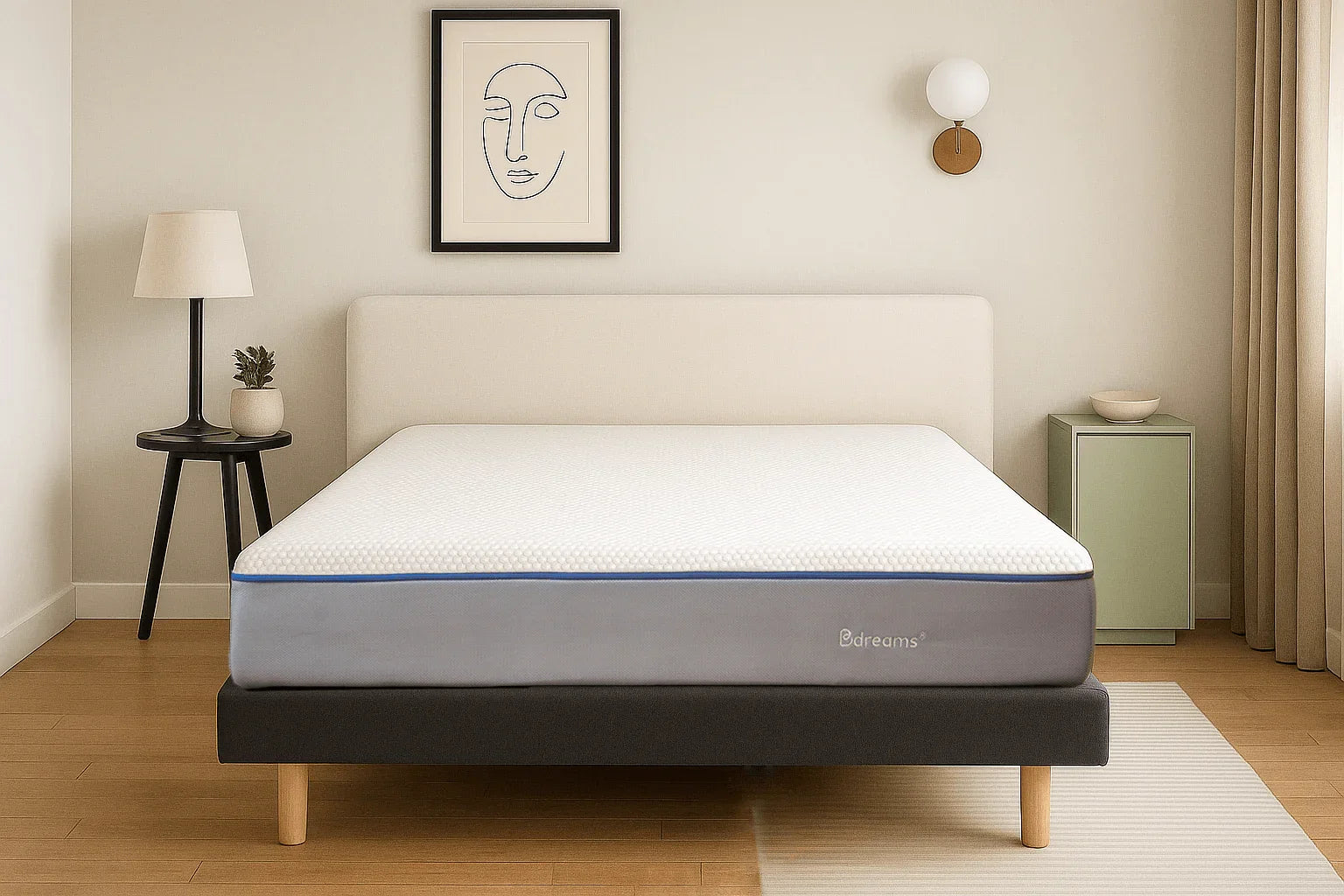
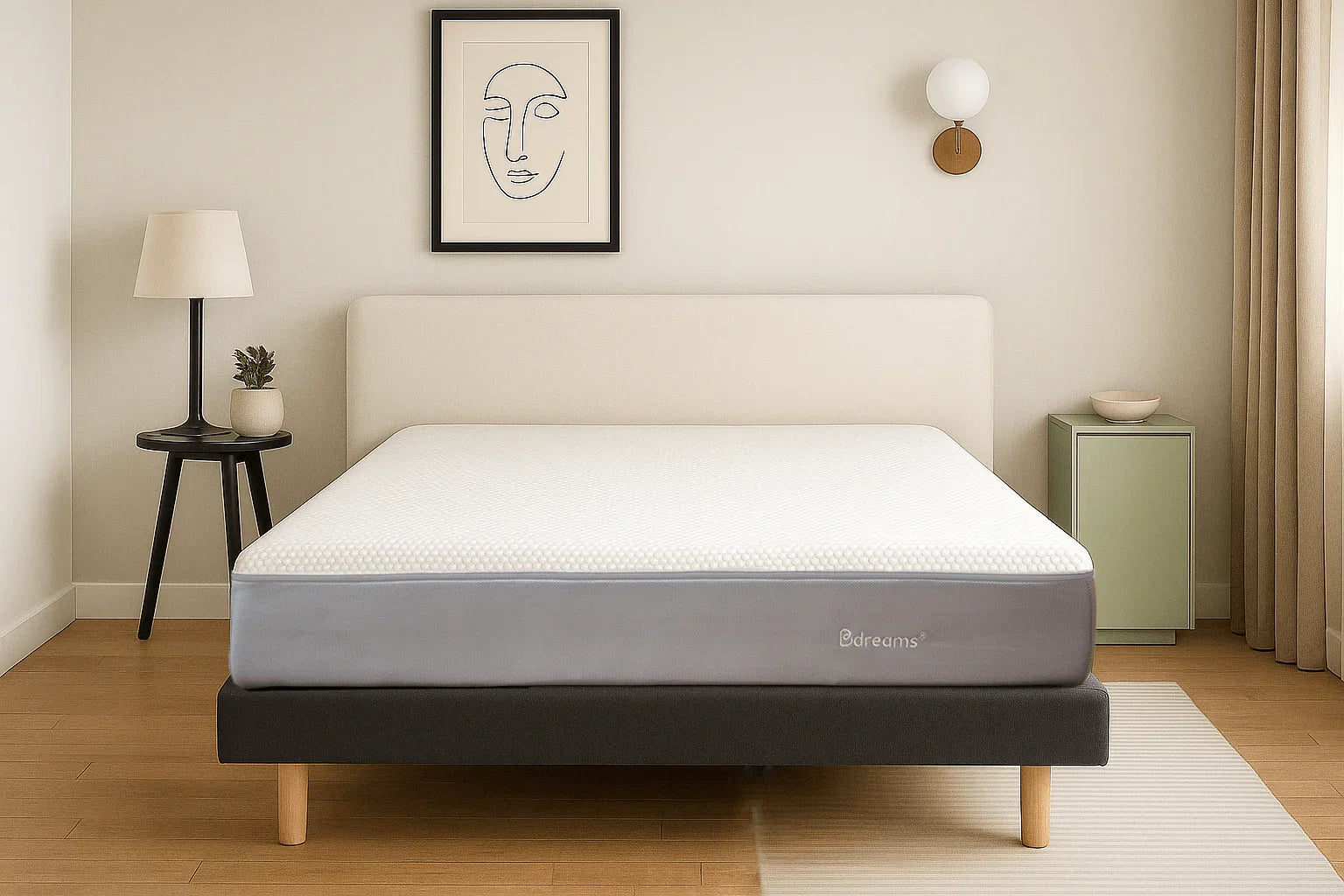
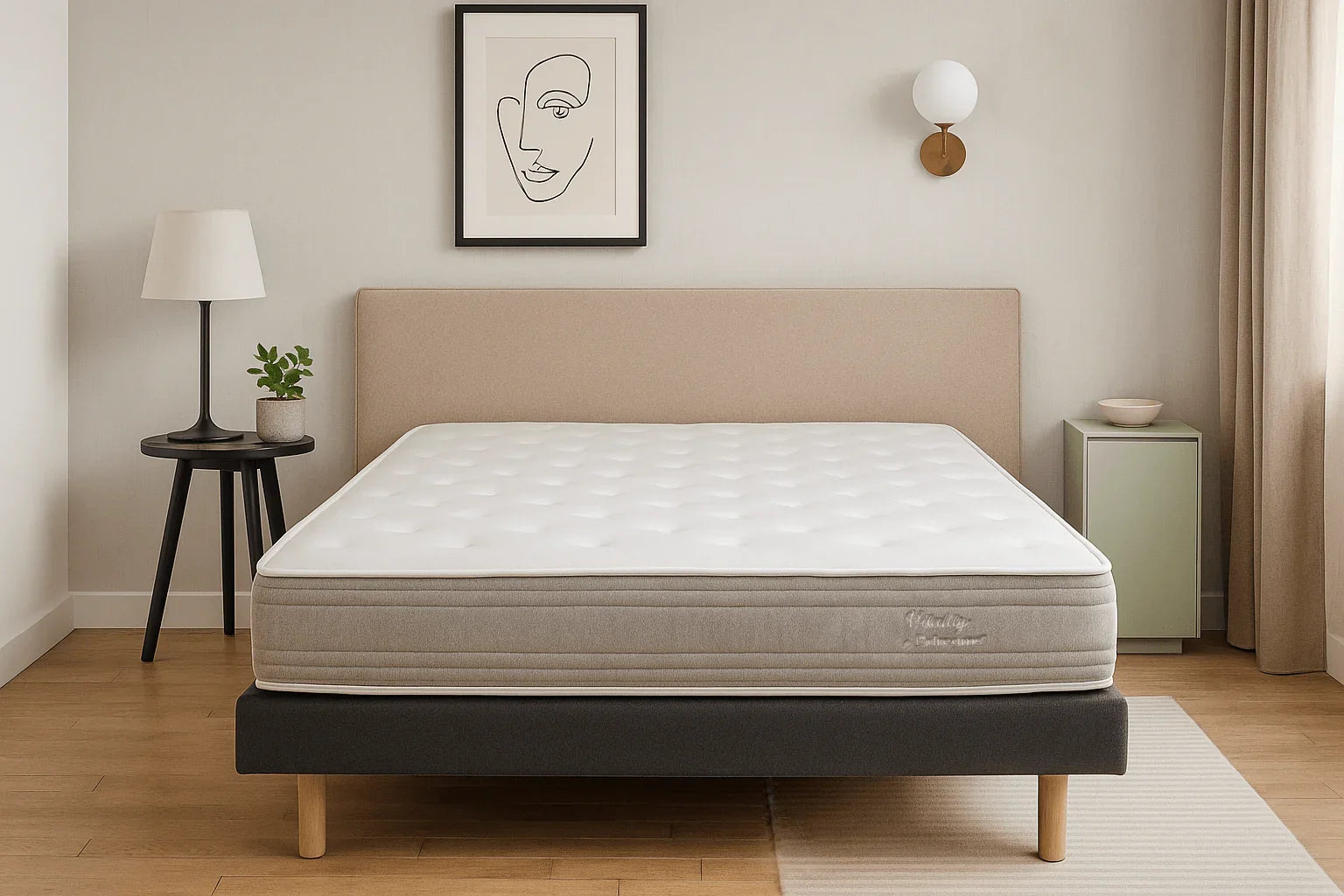
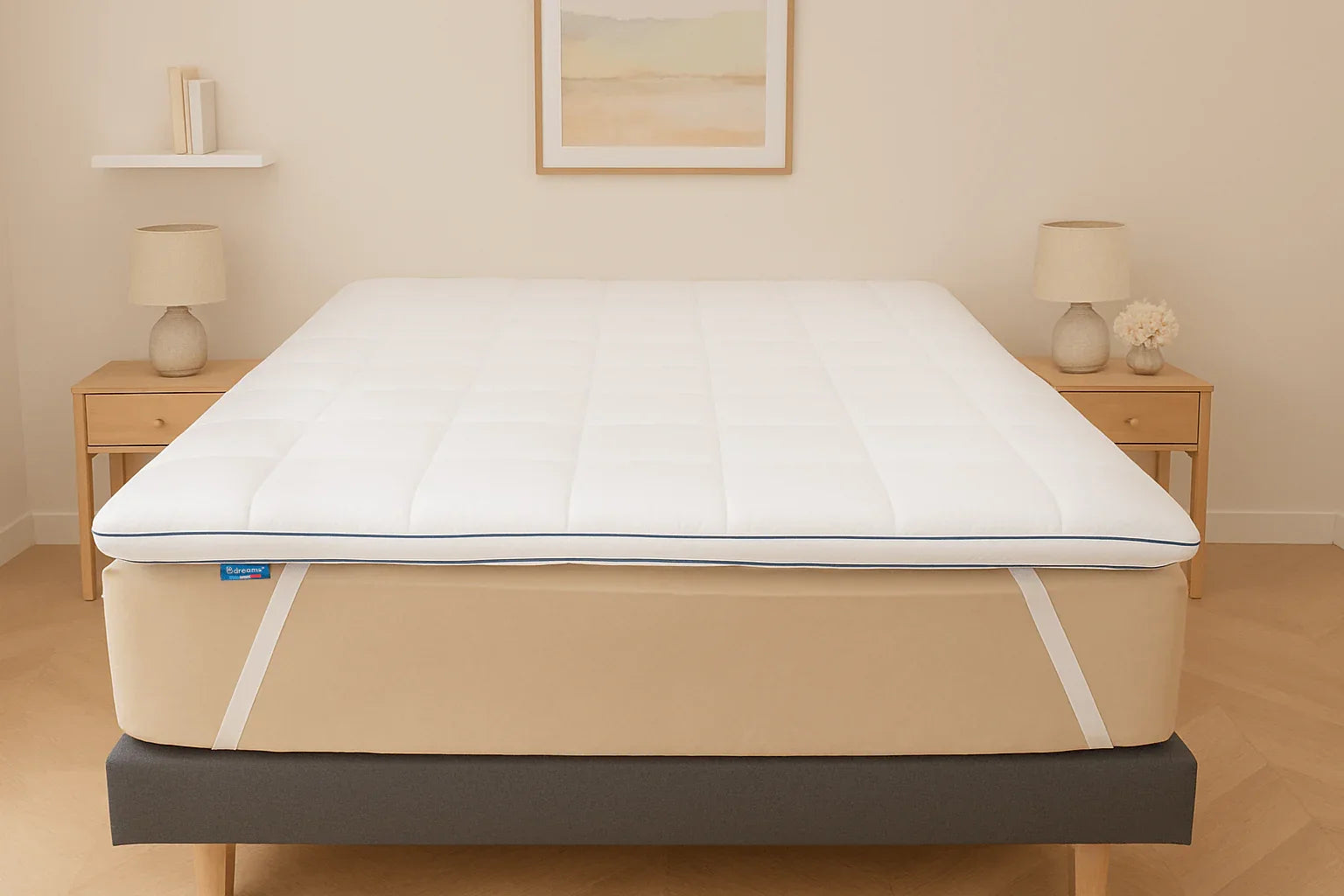
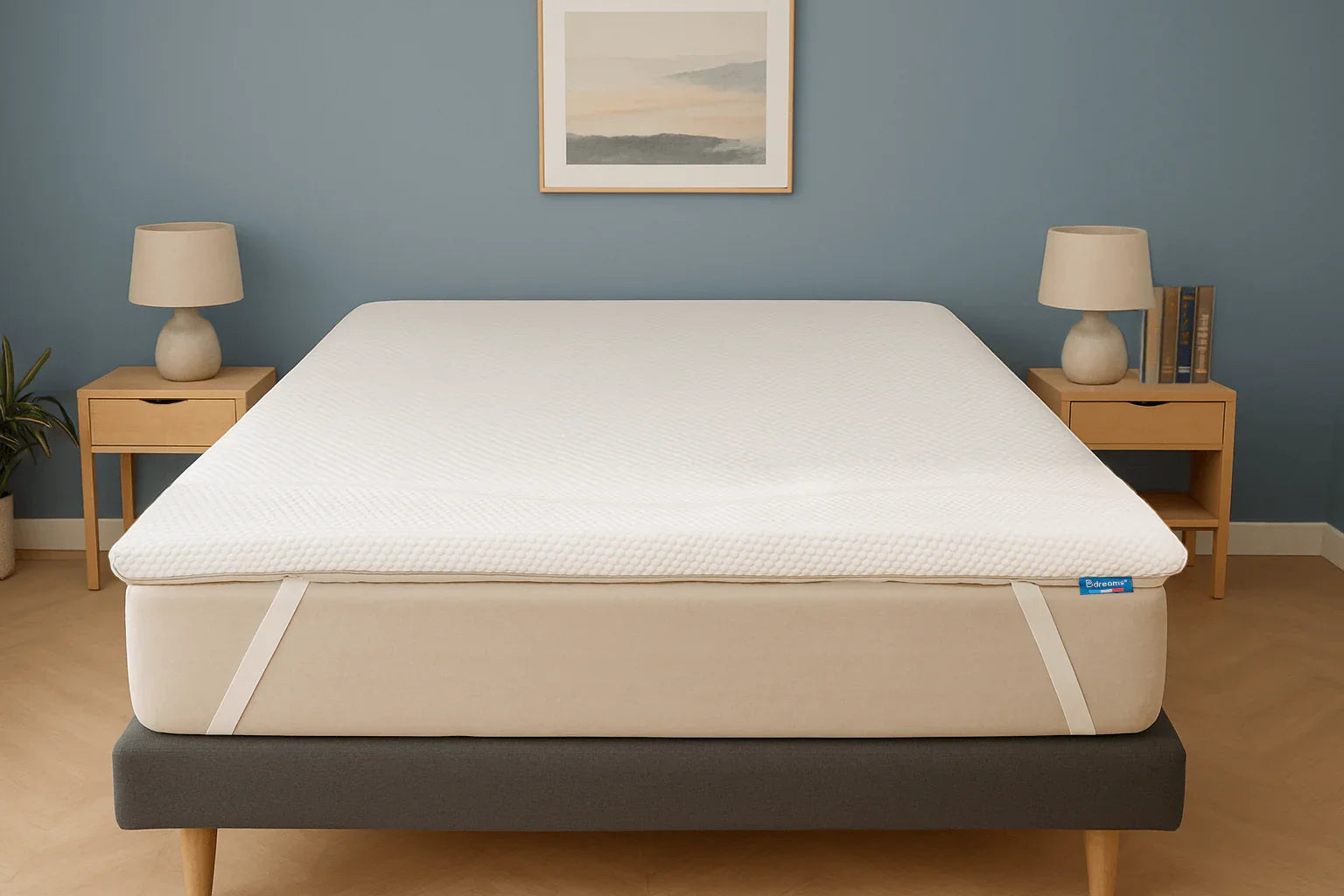
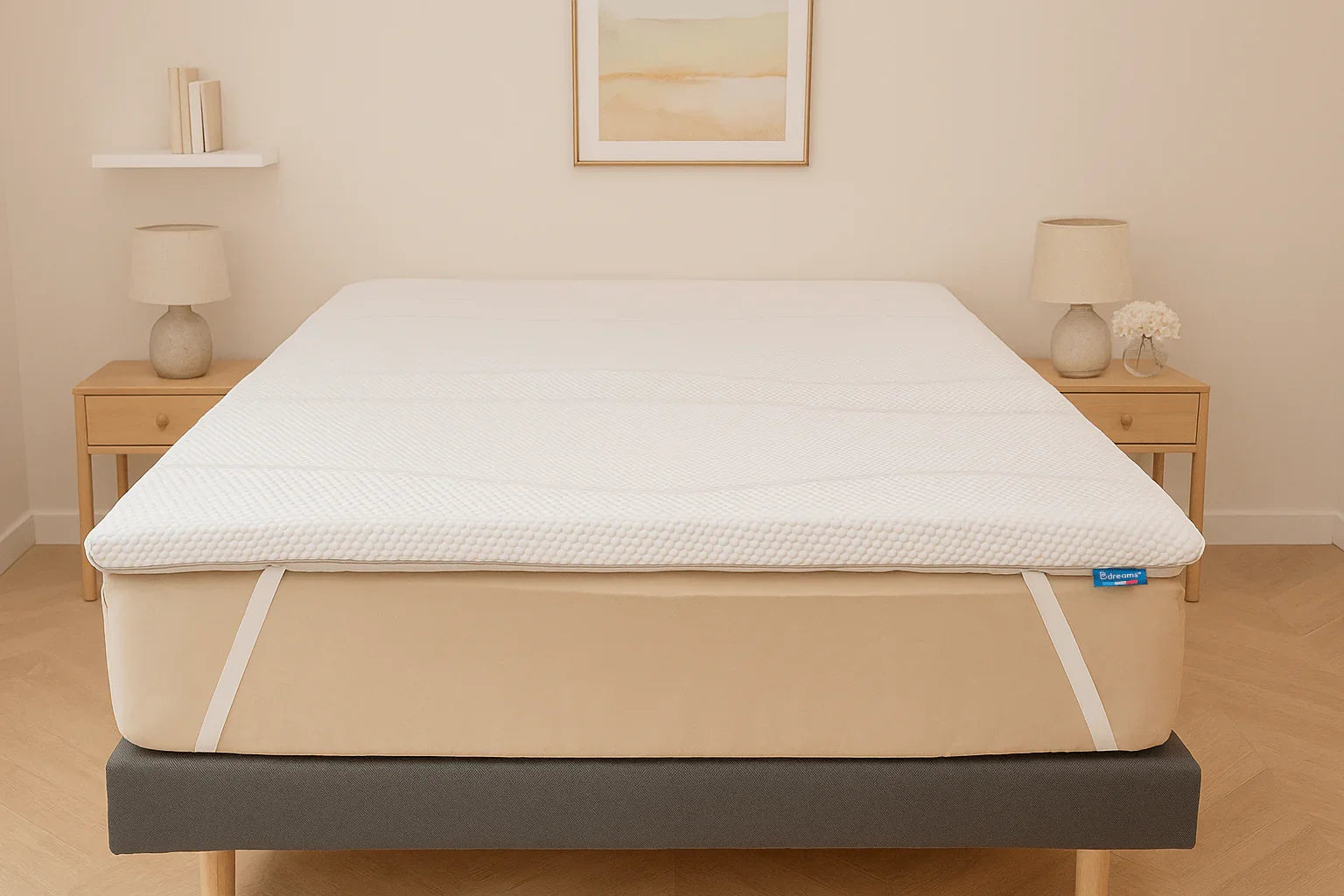
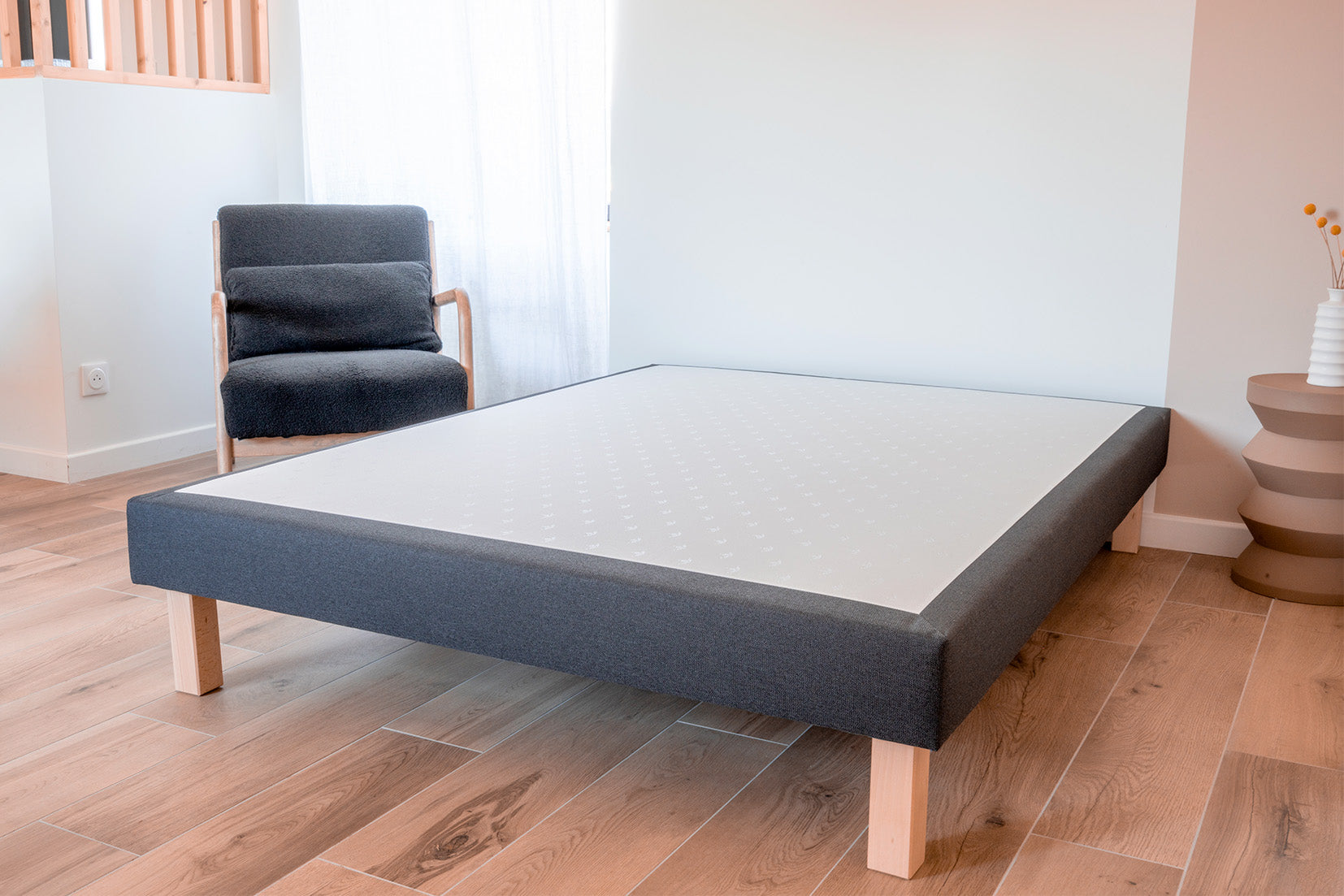
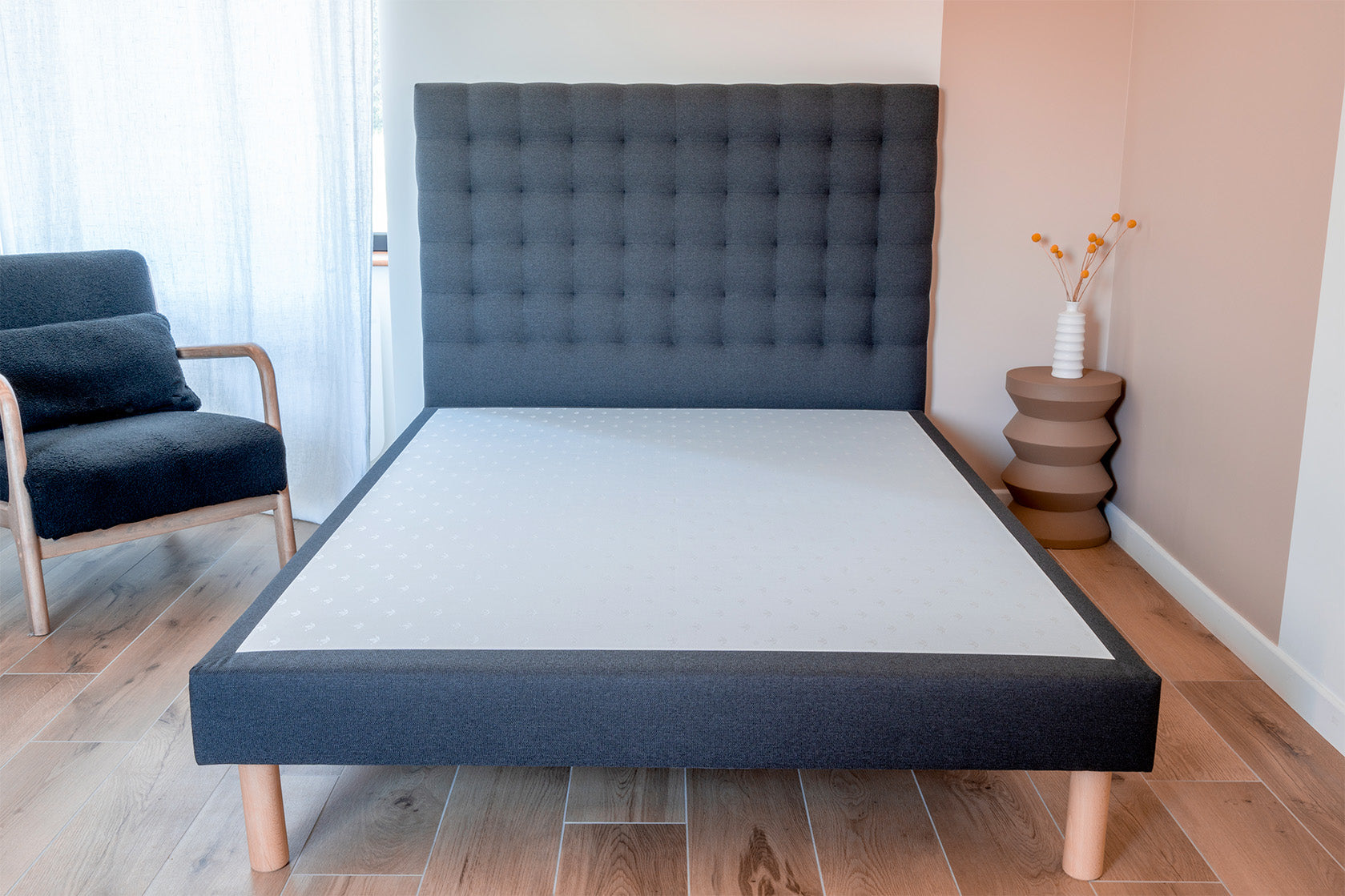
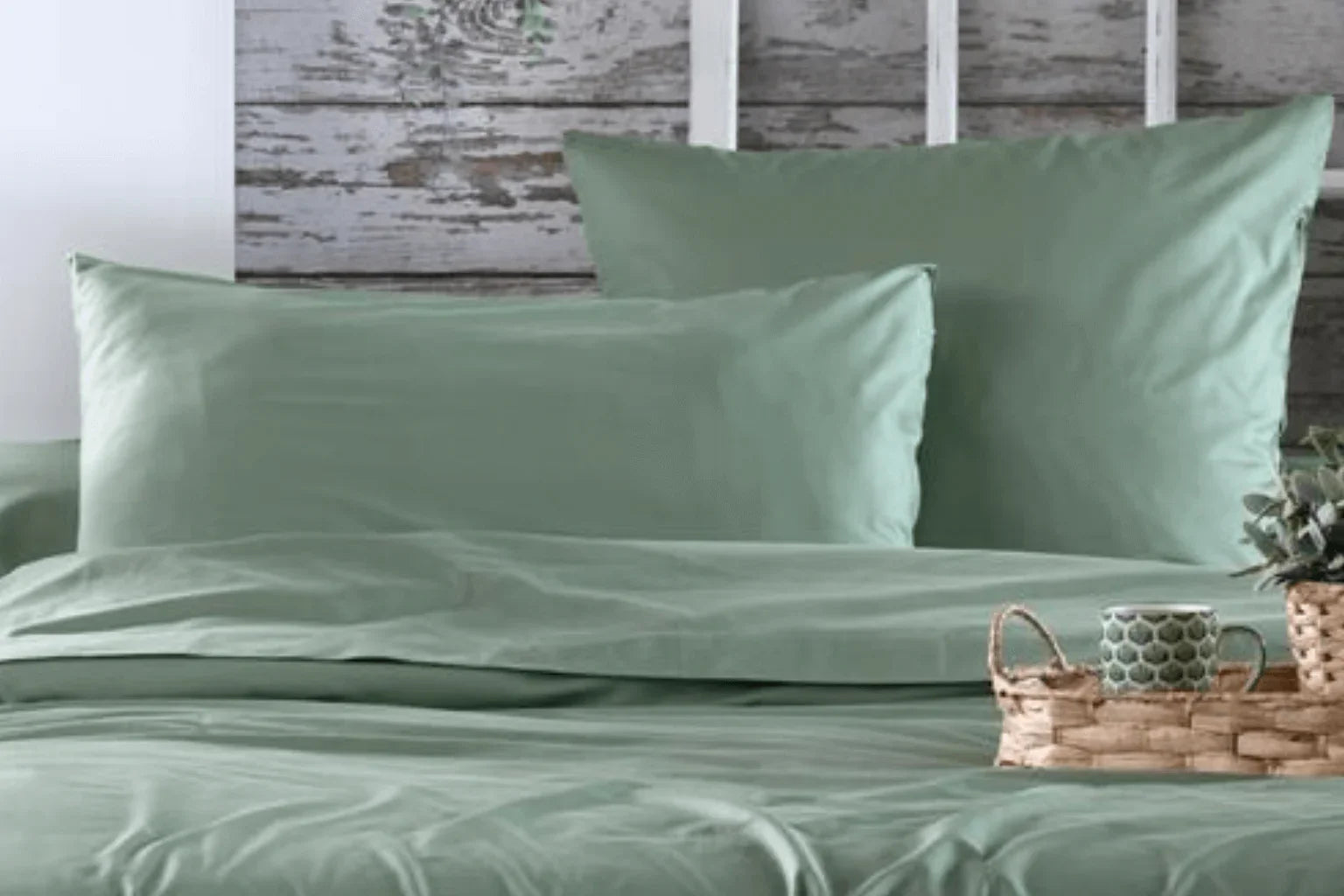
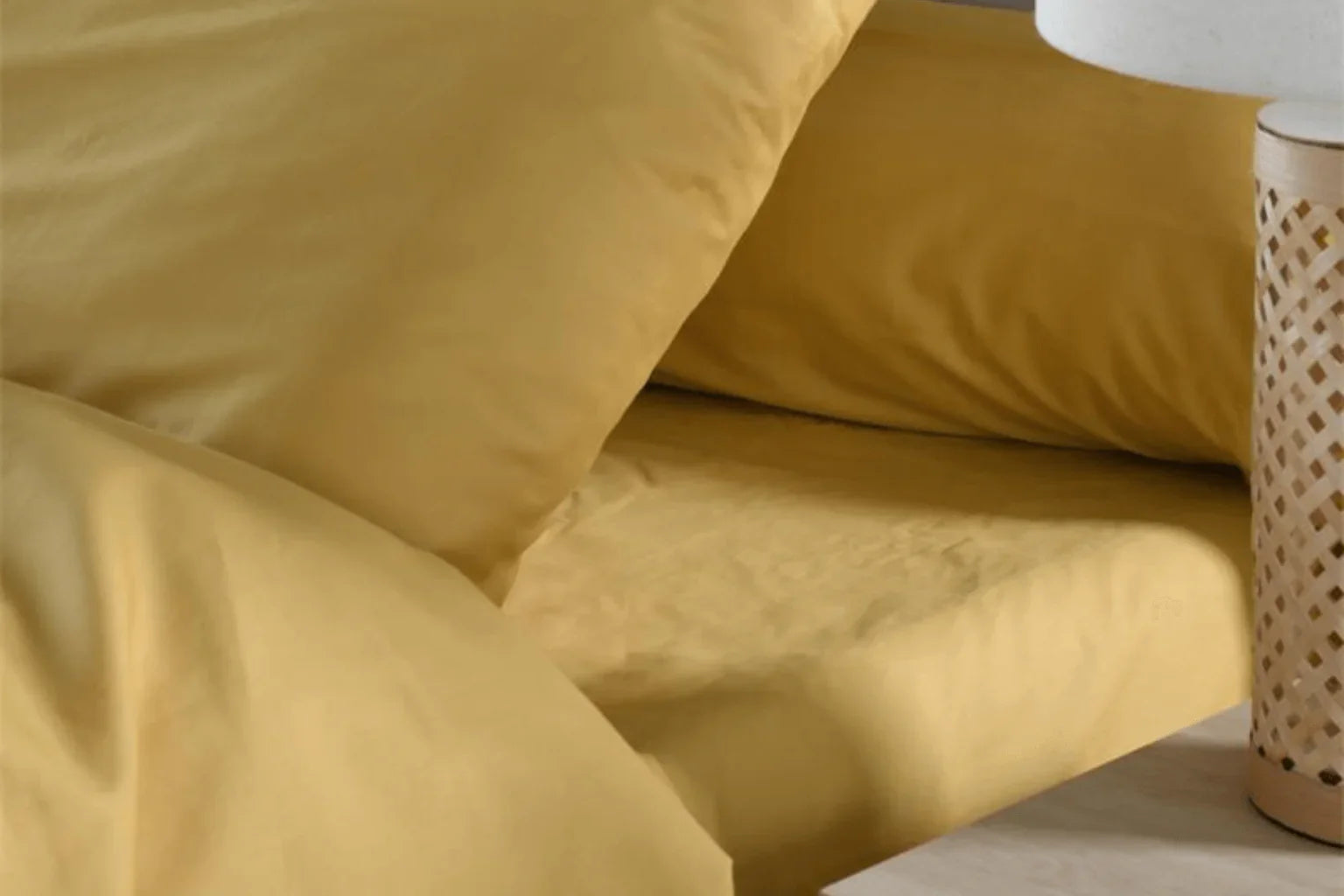
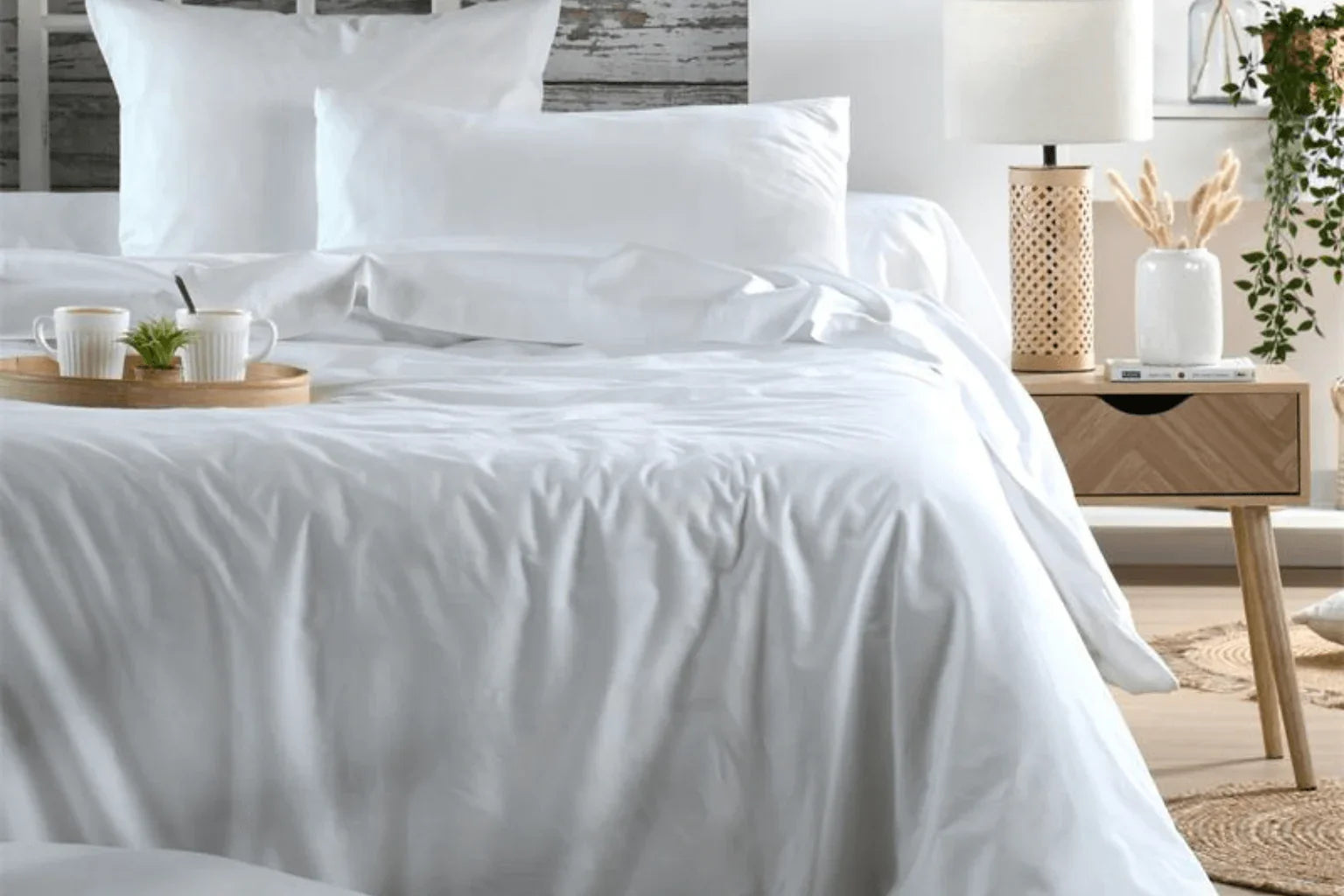
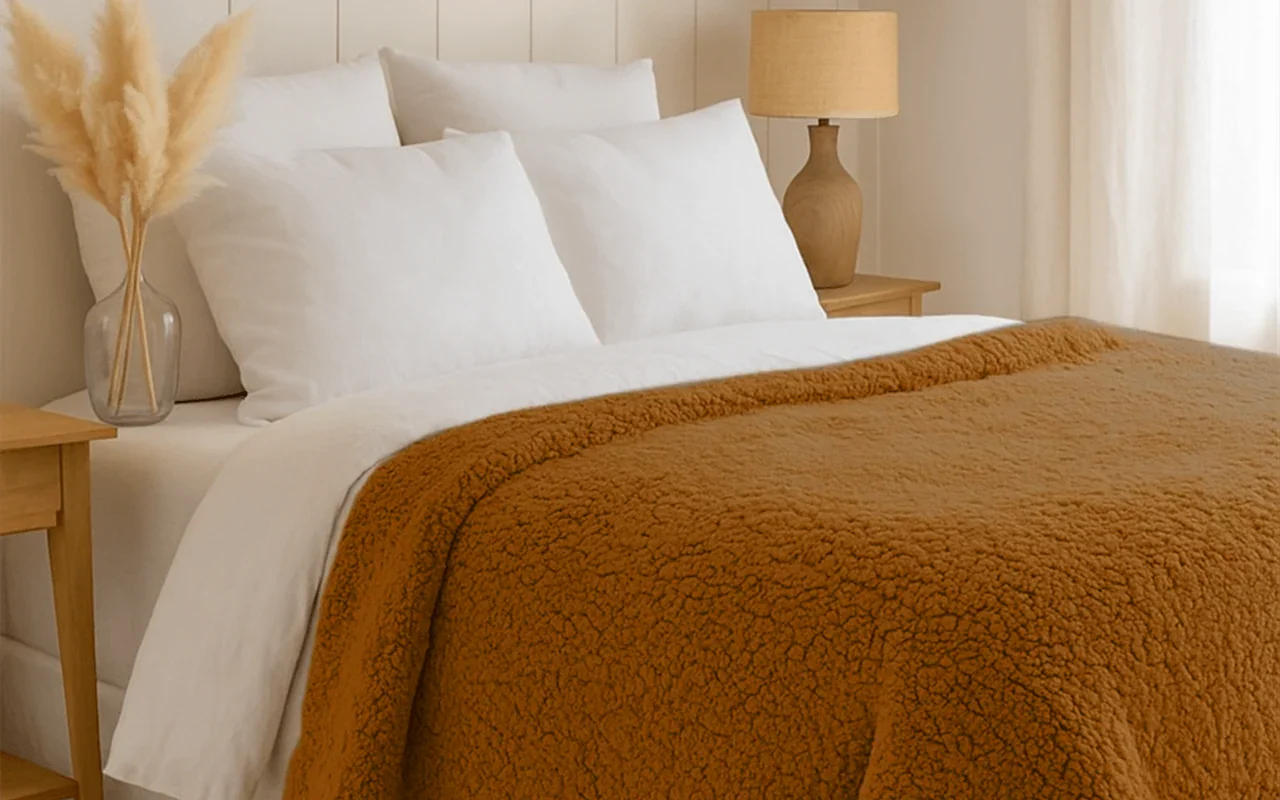
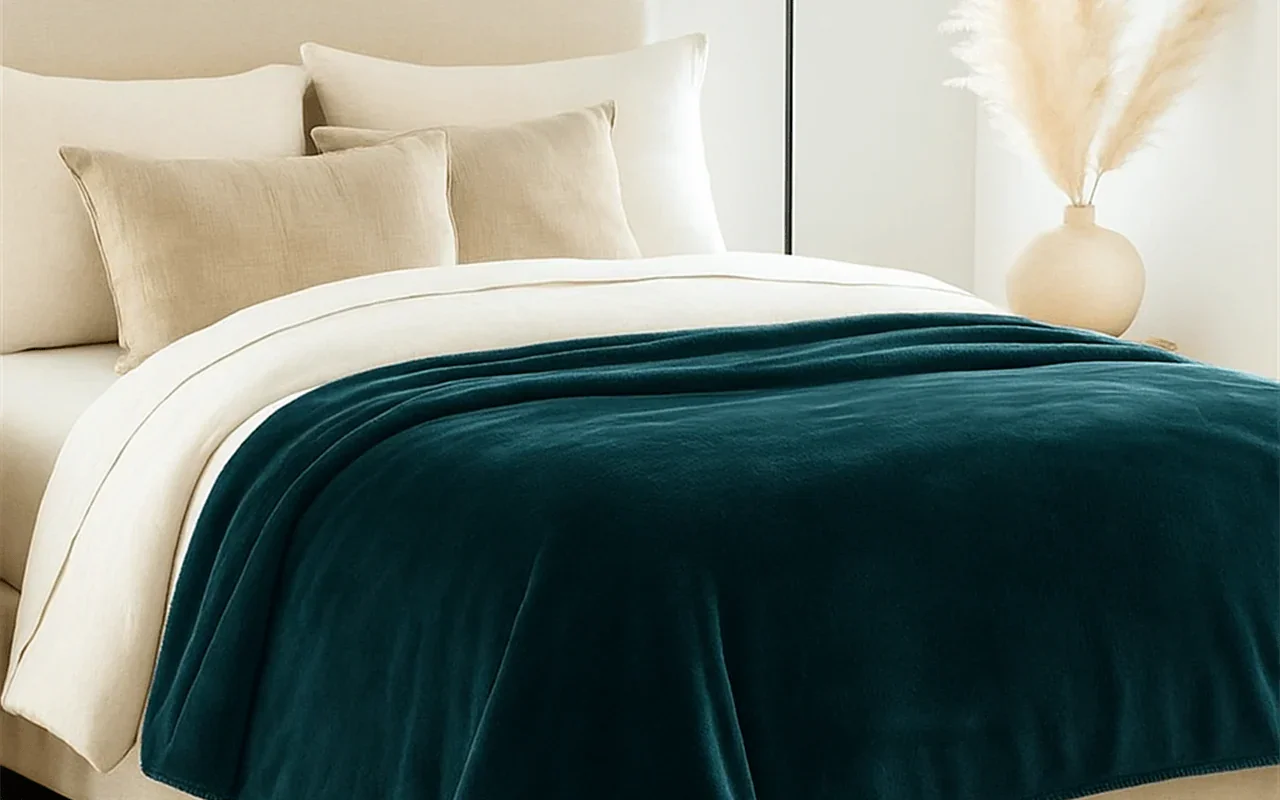
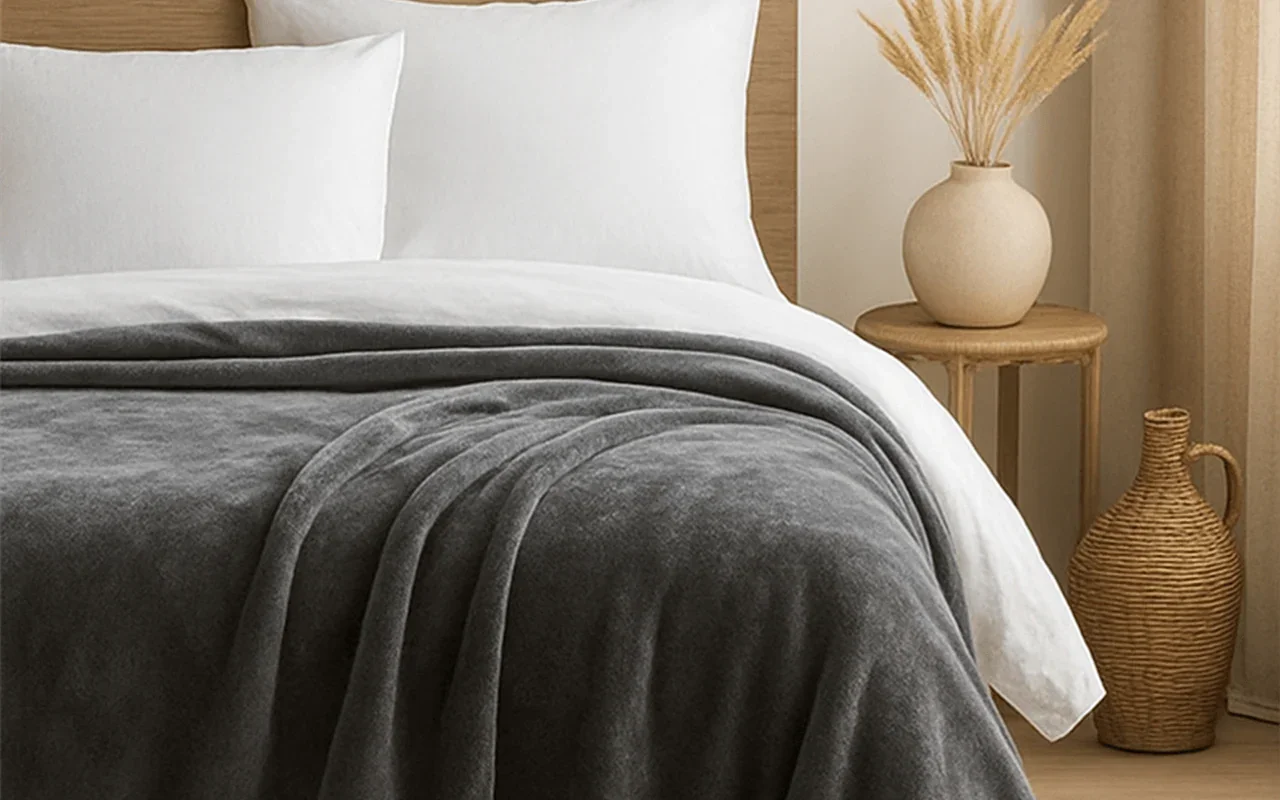

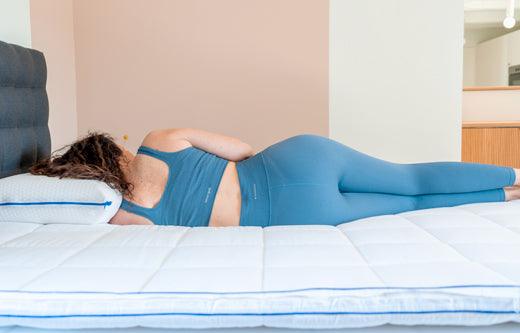

Leave a comment
This site is protected by hCaptcha and the hCaptcha Privacy Policy and Terms of Service apply.